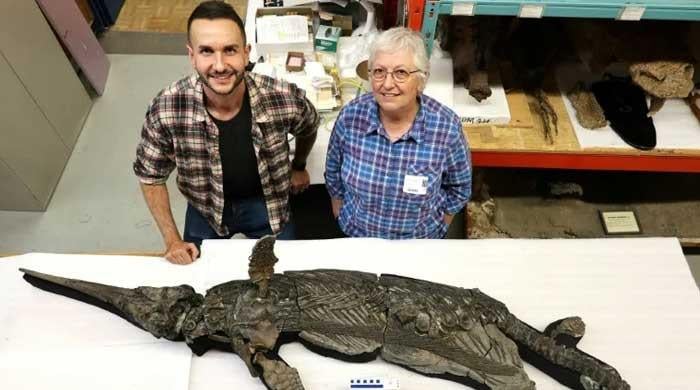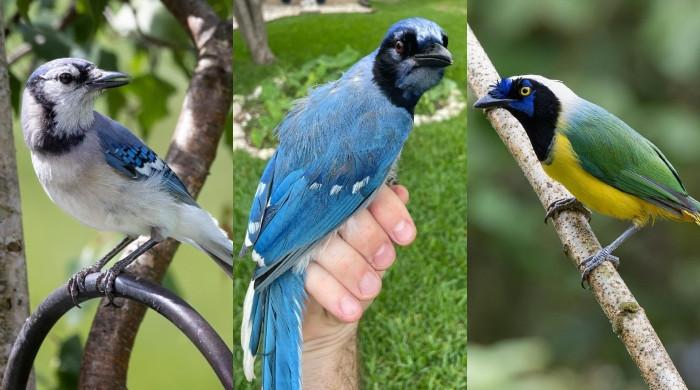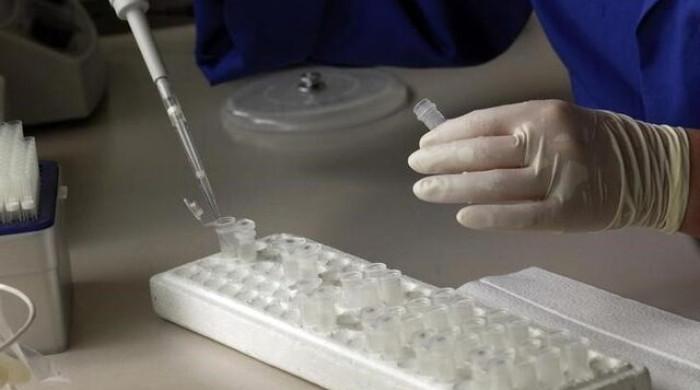Teeth hurt? It could be because of a 500-million-year-old fish
New study supports hypothesis that Odontodes were originally used as sensory organs which transmitted sensations to nerves
May 21, 2025

PARIS: Ever wondered why our teeth are so sensitive to pain or even just cold drinks? It might be because they first evolved for a very different purpose than chewing half a billion years ago, a study suggested Wednesday.
The exact origin of teeth — and what they were for — has long proved elusive to scientists.
Their evolutionary precursors are thought to be hard structures called odontodes which first appeared not in mouths but on the external armour of the earliest fish around 500 million years ago.
Even today, sharks, stingrays and catfish are covered in microscopic teeth that make their skin rough like sandpaper.
There are several theories for why these odontodes first appeared, including that they protected against predators, helped with movement through the water or stored minerals.
But the new study published in the journal Nature supports the hypothesis that they were originally used as sensory organs which transmitted sensations to nerves.
At first, the study’s lead author Yara Haridy was not even trying to hunt down the origins of teeth.
Instead the postdoctoral researcher at the University of Chicago was probing another major question puzzling the field of palaeontology: what is the oldest fossil of an animal with a backbone?
Haridy asked museums across the United States to send her hundreds of vertebrate specimens — some so small they could fit on the tip of a toothpick — so she could analyse them using a CT scanner.
She began focusing on dentine, the inner layer of teeth that sends sensory information to nerves in the pulp.











